7 Best Flex PCB Manufacturing Techniques You Should Know
In the rapidly evolving electronics industry, flex PCB manufacturing has emerged as a transformative technology, enabling the design of slimmer, lighter, and more efficient devices. According to a report by MarketsandMarkets, the global flexible printed circuit board market is projected to reach $39.89 billion by 2027, growing at a CAGR of 10.2%. This growth is driven by the increasing demand for miniaturization in electronics and the expanding applications in sectors such as automotive, healthcare, and consumer electronics. As manufacturers strive for more innovative solutions, understanding the best flex PCB manufacturing techniques becomes crucial. This blog will explore seven of the most effective methods used in the industry, shedding light on how they contribute to enhancing product performance and meeting the rigorous demands of modern electronic applications.
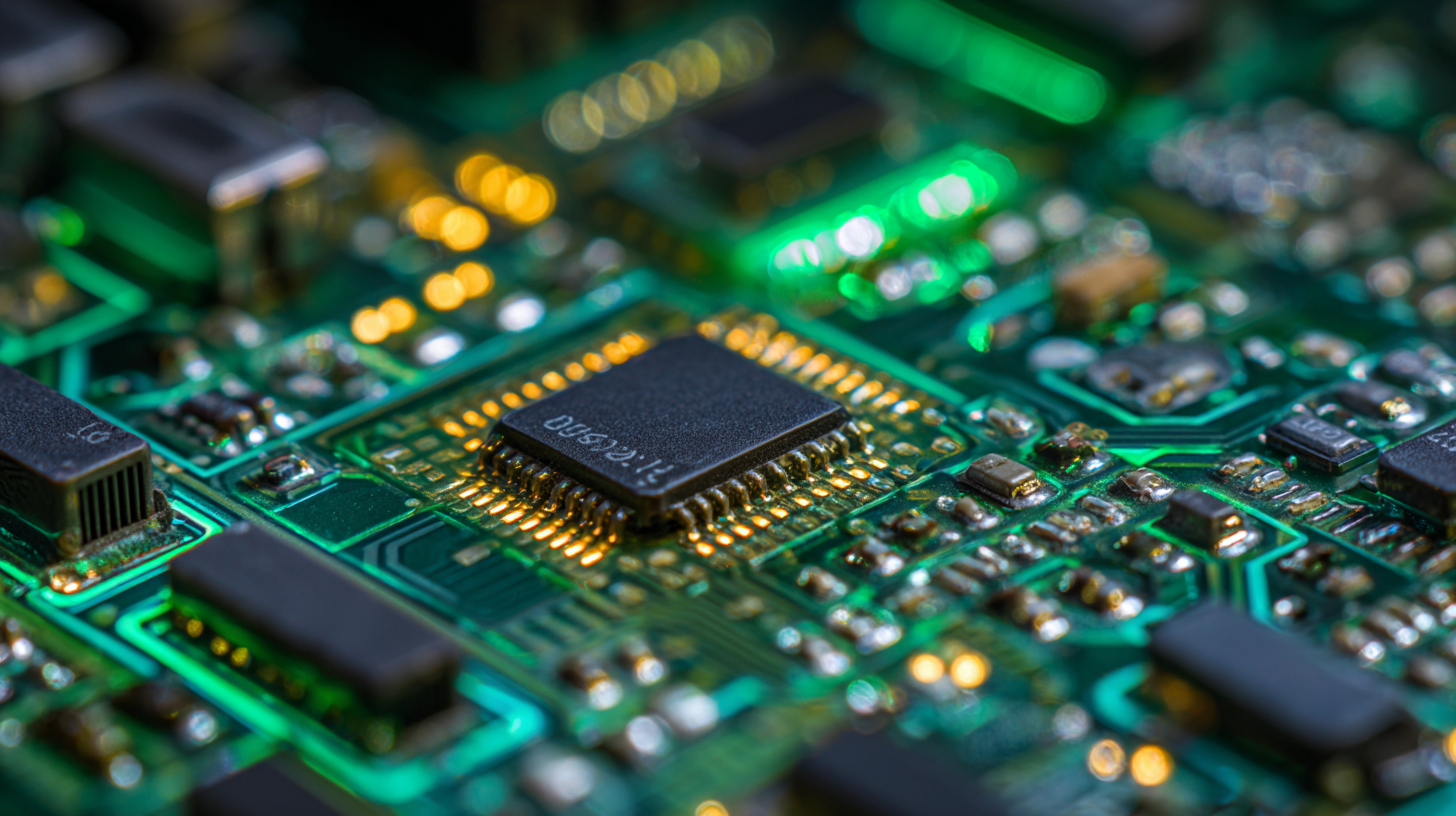
Understanding Flex PCBs: Key Characteristics and Advantages
Flexible printed circuit boards (Flex PCBs) have gained immense popularity due to their unique characteristics and numerous advantages. One of the key features that set them apart from traditional rigid PCBs is their adaptability. Flex PCBs can bend, twist, and conform to various shapes, enabling innovative designs that traditional boards simply cannot accommodate. This flexibility makes them ideal for compact electronic devices where space is a premium, such as smartphones, wearables, and medical equipment.
Another significant advantage of Flex PCBs is their lightweight nature. By reducing the overall weight of a device, manufacturers can enhance portability without compromising functionality. Furthermore, Flex PCBs can withstand harsh environments, making them suitable for applications exposed to high temperatures or humidity. Their ability to integrate multiple components into a single layer not only streamlines manufacturing processes but also improves reliability by minimizing the number of mechanical connections, which are often points of failure in rigid boards. As the demand for smaller, more efficient electronics grows, understanding the fundamental characteristics of Flex PCBs becomes increasingly important for designers and engineers.
Flex PCB Manufacturing Techniques Comparison
Essential Materials Used in Flex PCB Manufacturing Processes
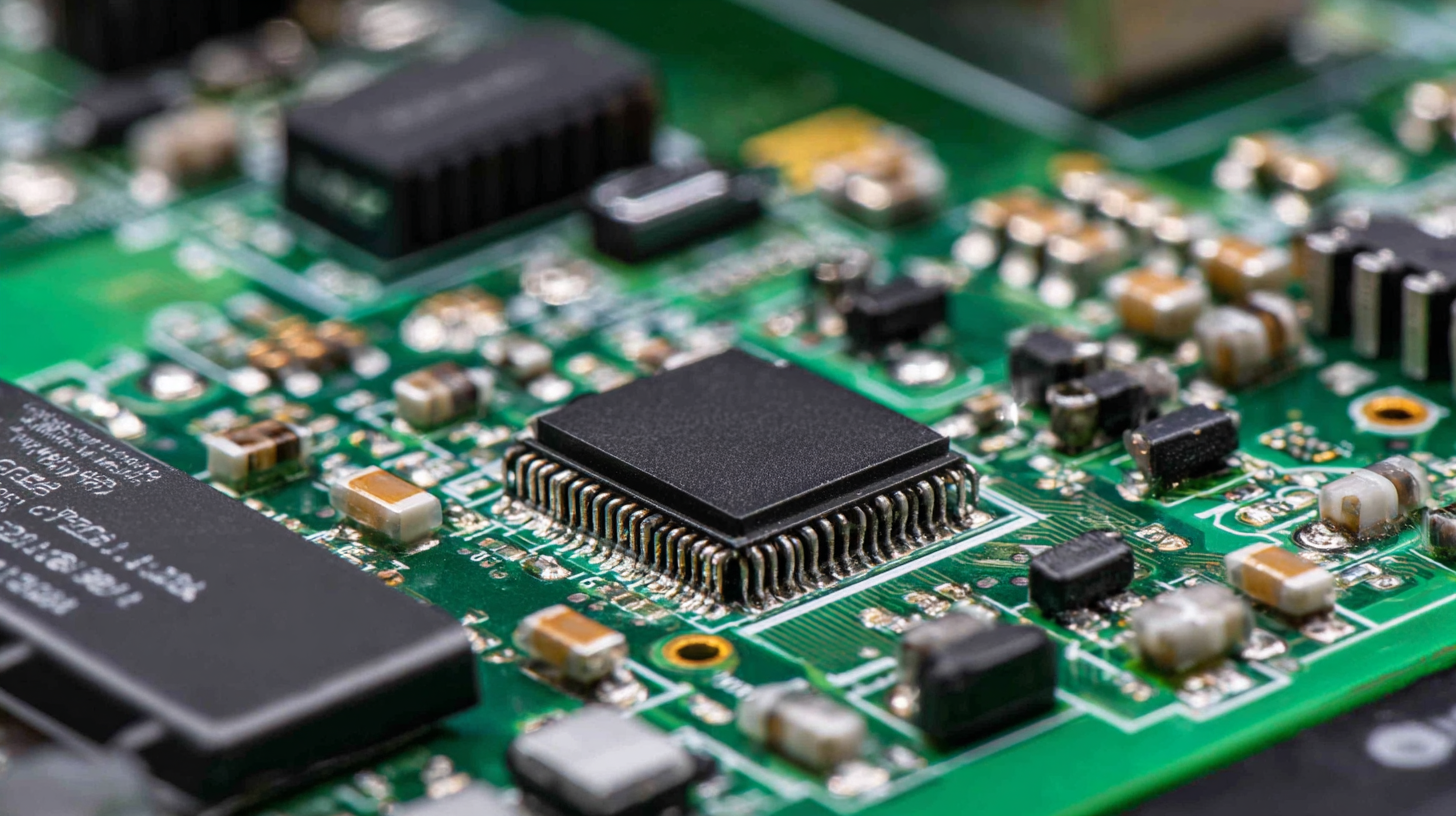 The flexibility and versatility of flexible printed circuit boards (flex PCBs) have positioned them as critical components in various electronic applications, driving innovation across industries. Recent advancements have highlighted the significance of incorporating essential materials in flex PCB manufacturing processes. Notably, the innovative technique that combines electrospun nanofiber and liquid metal template printing has emerged as a game-changer, enhancing the fabrication of flexible electronic devices.
The flexibility and versatility of flexible printed circuit boards (flex PCBs) have positioned them as critical components in various electronic applications, driving innovation across industries. Recent advancements have highlighted the significance of incorporating essential materials in flex PCB manufacturing processes. Notably, the innovative technique that combines electrospun nanofiber and liquid metal template printing has emerged as a game-changer, enhancing the fabrication of flexible electronic devices.
For manufacturers, selecting the right materials is crucial. High-performance substrates such as polyimide offer excellent mechanical stability and thermal resistance, making them suitable for a variety of applications. Additionally, incorporating advanced conductive inks and polymers during the printing process can improve circuit conductivity and reliability. According to industry reports, the global PCB market is projected to grow significantly, indicating robust demand for flex PCBs as industries turn towards more compact and flexible electronic solutions.
Tip: When choosing materials for flex PCB manufacturing, consider not only performance but also compatibility with the desired application environment. Testing materials under real-world conditions can prevent potential failures down the line.
Tip: Always stay updated on the latest manufacturing techniques and material advancements, as they can impact production efficiency and product quality. Engaging with industry events can provide valuable insights into emerging trends and technology.
Innovative Techniques for Fabricating Flex PCBs Efficiently
Flexible printed circuit boards (Flex PCBs) are becoming increasingly popular due to their versatility and lightweight nature. In the quest for efficient fabrication, several innovative techniques have emerged. One of the most significant advancements is the use of laser cutting technology, which allows for precise designs with minimal material waste. This method not only enhances the accuracy but also speeds up the production process, making it ideal for high-performance applications.
Another technique gaining traction is the incorporation of a flexible substrate with embedded components. This approach minimizes the size and weight of the final product while improving its functionality. By using materials such as polyimide or polyester, manufacturers can create boards that bend, twist, and conform to various shapes without compromising performance.
**Tip:** When opting for laser cutting, ensure that the machine settings are optimized for the specific materials you are using. This will guarantee clean cuts and prevent delamination of the layers.
**Tip:** For embedded components, collaborating closely with your design team can lead to better integration and performance outcomes, ultimately enhancing your device's capabilities.
By focusing on these innovative techniques, manufacturers can significantly improve the efficiency of Flex PCB production while meeting the growing demand for compact and flexible electronic designs.
7 Best Flex PCB Manufacturing Techniques You Should Know
| Technique | Description | Advantages | Applications |
|---|---|---|---|
| Laser Cutting | Using a laser to precisely cut flexible substrates. | High precision, minimal waste. | Medical devices, consumer electronics. |
| Advanced Etching | Chemical etching for intricate designs on flex PCBs. | Complex patterns, high accuracy. | Aerospace, automotive sensors. |
| Flexible Circuit Assembly | Assembling components onto flexible substrates. | Lightweight, compact design. | Wearable technology, smartphones. |
| Screen Printing | Printing conductive ink onto flexible materials. | Cost-effective for large runs. | Consumer goods, LEDs. |
| Polyimide Materials | Using polyimide for high-temperature applications. | Excellent thermal stability. | Aerospace, military. |
| Taping Techniques | Utilizing specialized tapes to hold flexible circuits. | Easy alignment and handling. | Consumer electronics, IoT devices. |
| 3D Printing | Additive manufacturing for new flexible structures. | Custom designs, rapid prototyping. | Prototyping, customized electronics. |
Quality Control Measures in Flex PCB Production Processes
In the world of flex PCB manufacturing, maintaining high-quality standards throughout the production process is paramount. Quality control measures serve as the backbone of producing reliable and efficient flexible circuit boards. One of the critical steps involves rigorous material inspection, which guarantees that the substrates and conductive materials used meet the necessary specifications. This proactive approach not only helps to identify defects early but also minimizes the risk of failures in the final product.
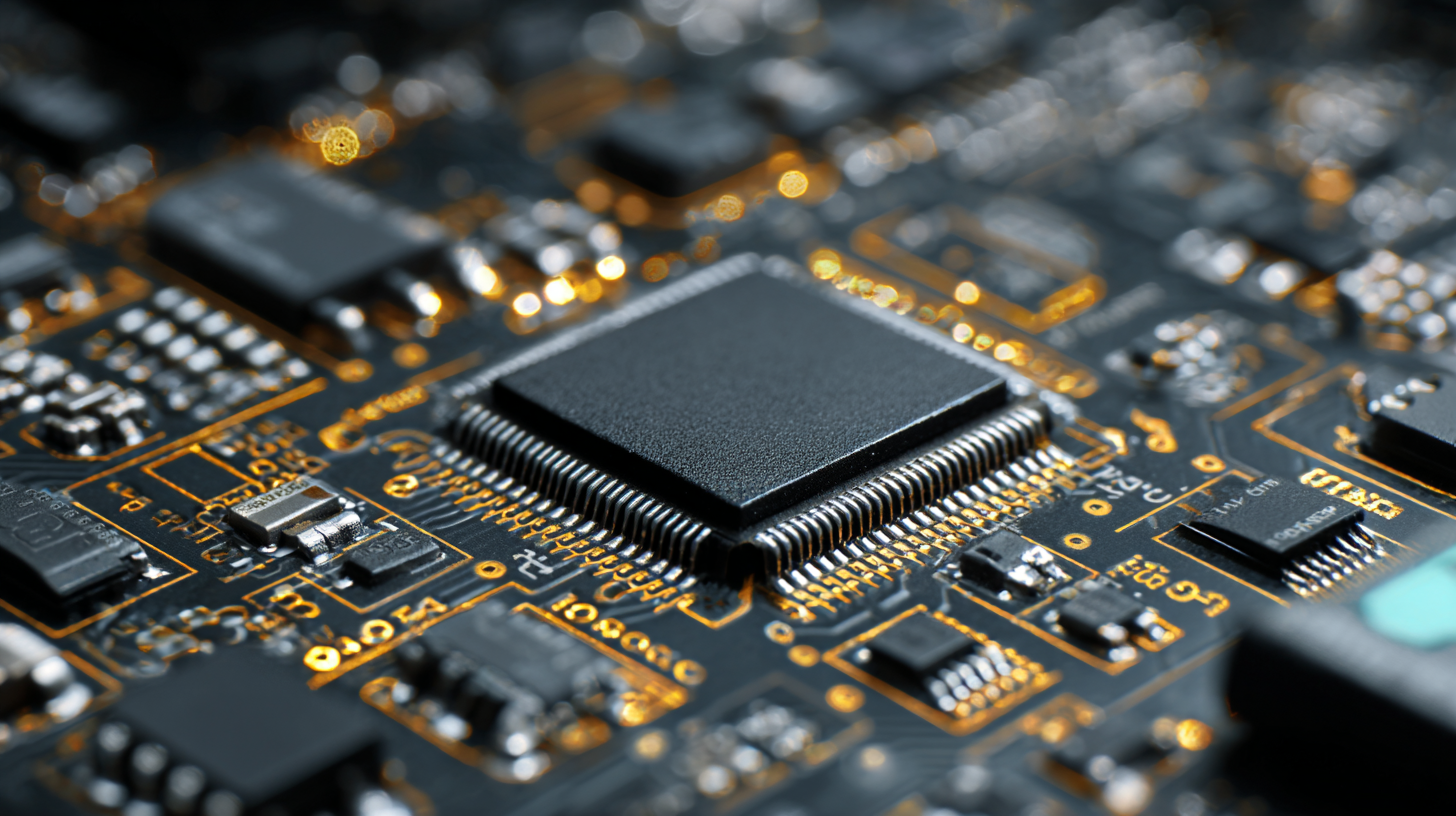
Another essential aspect of quality control lies in the implementation of standardized testing protocols. Techniques such as visual inspections, electrical testing, and thermal cycling tests are employed to assess the integrity and performance of the flex PCBs. By simulating real-world conditions, manufacturers can ensure that their products will withstand the rigors of everyday use. Additionally, detailed documentation of each stage of the production process plays a crucial role in tracking quality metrics and identifying areas for improvement, fostering a culture of continuous enhancement within the manufacturing environment.
Emerging Trends in Flex PCB Manufacturing Technology
In recent years, the landscape of flexible printed circuit board (Flex PCB) manufacturing has been significantly transformed by emerging technologies. One notable trend is the increasing integration of digital manufacturing processes, which allows for more precise and efficient production. Automation and advanced software tools are enhancing design capabilities, streamlining workflows, and reducing lead times. This shift towards digitalization not only improves the accuracy of flex PCBs but also enables manufacturers to accommodate complex designs that were once deemed infeasible.
Another exciting development is the rising adoption of eco-friendly materials and processes in flex PCB production. As the electronics industry becomes more aware of environmental impacts, manufacturers are exploring biodegradable substrates and sustainable production techniques. This trend not only appeals to environmentally conscious consumers but also positions companies to meet regulatory demands and embrace corporate responsibility. Additionally, advancements in material science are leading to the creation of new flexible materials that offer improved performance characteristics, such as greater heat resistance and enhanced flexibility, ensuring the future of Flex PCB technology is both innovative and sustainable.
Related Posts
-

Ultimate Guide to Flex PCB Manufacturing for Innovative Solutions
-

Digital Success in Electronic Board Manufacturing Strategies for Global Buyers
-

Common Issues Faced in High Density PCB Circuit Design
-
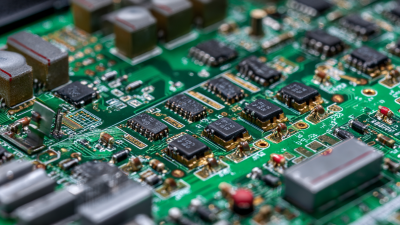
Understanding Product Features and Applications in Best PCB Manufacturing and Assembly
-
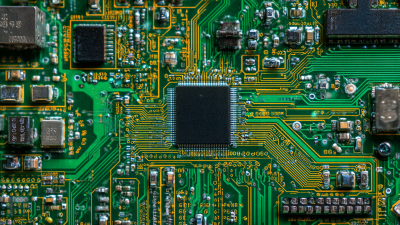
The Ultimate Guide to PCB Fabrication: Navigating the 2023 Industry Landscape and Beyond
-
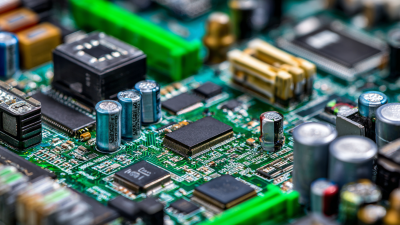
Mastering Electronic Board Manufacturing Techniques A Comprehensive Tutorial for Industry Professionals
